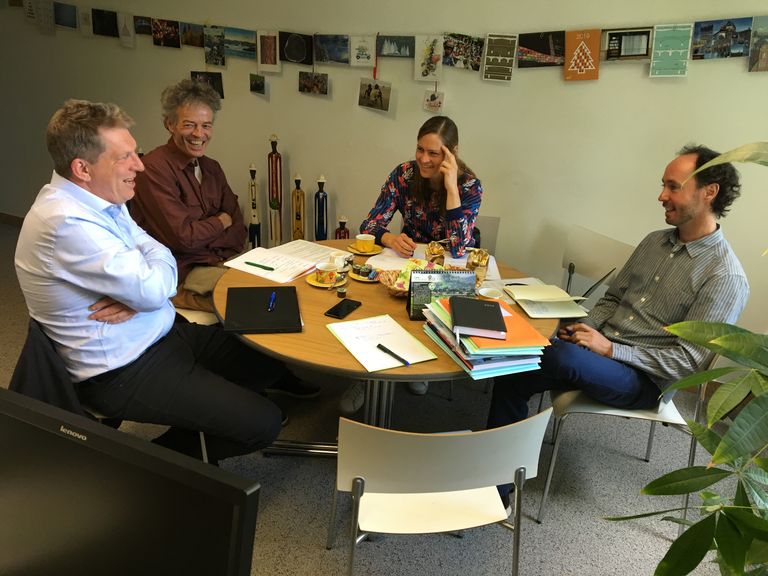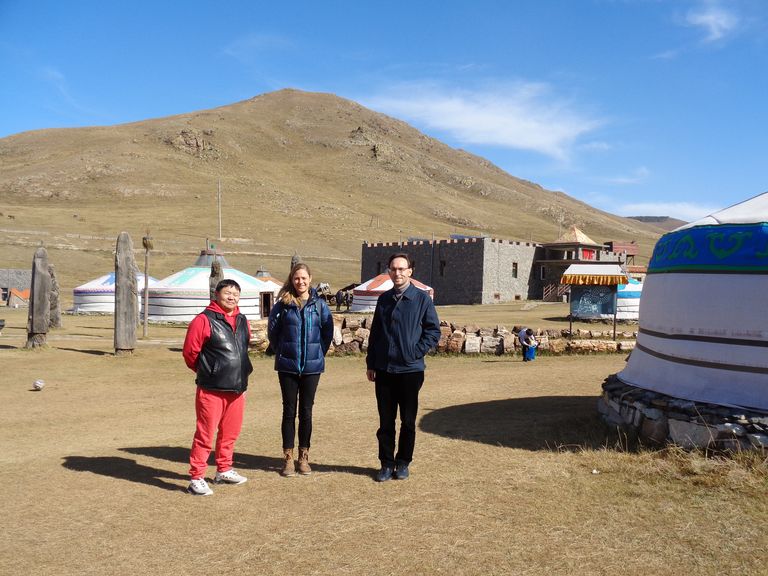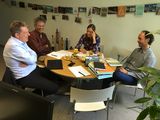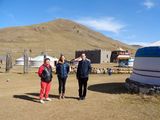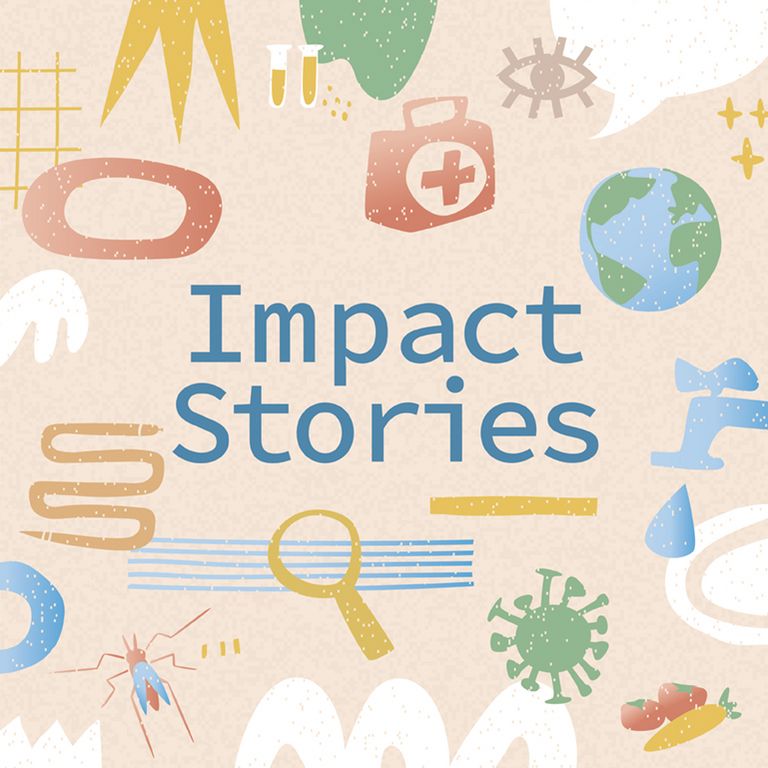

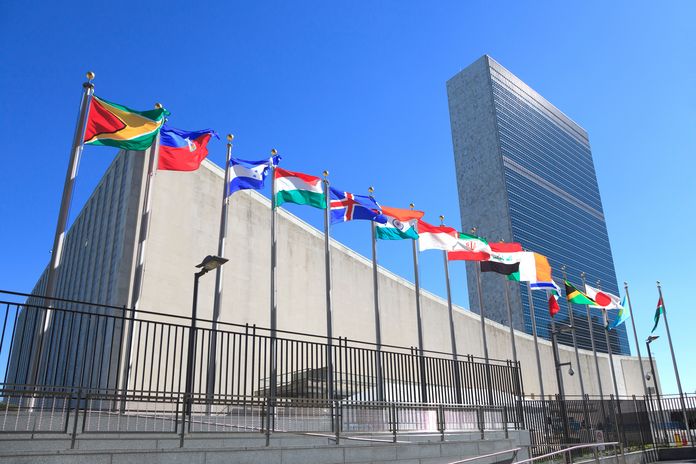
Currently, world leaders are convening at the 77th United Nations General Assembly in New York. In parallel, the Science Summit is being held, with the central theme being the role and contribution of science in attaining the Sustainable Development Goals (SDGs). Jasmina Saric reflects on the emergence, role and future of organisations that combine research and implementation for sustainable development. New findings on this topic will be presented at the Science Summit in a session convened by Swiss TPH.
The fate of higher education institutions (HEIs) and the natural environment are inseparable. While the research community is increasingly called upon to solve the environmental crises and rectify a dysfunctional economic system, they have been also partly responsible for those very issues by enabling the technologies and economic concepts of progress at the cost of the environment, especially over the last century. Academic and research institutions therefore have a responsibility to contribute to a sustainable future, or as the American academic and environmental activist Anthony Cortese puts it:
“Higher education institutions bear a profound, moral responsibility to increase the awareness, knowledge, skills, and values needed to create a just and sustainable future. Higher education has unique academic freedom and the critical mass and diversity of skills to develop new ideas, to comment on society and its challenges, and to engage in bold experimentation in sustainable living.” (Anthony Cortese, 1992) [1]
Commitment of higher education institutions to sustainable development
A new positioning of HEIs started to take place with the formal recognition of the central role of education in promoting environmental protection and conservation, at the United Nations Conference on the Human Environment in Stockholm in 1972 and its declaration (UN, 1972) [2]. A series of declarations, charters and initiatives on education and sustainable development followed, such as the Brundtland Report in 1987 [3] and the UN Decade (2005-2014) of Education for Sustainable Development (DESD) [4]), shaping and reinforcing the strategic alignment of HEIs with the sustainability movement. The Agenda 2030 for Sustainable Development with the 17 Development Goals (SDGs) includes higher education in Goal 4 on quality education and acknowledges the role of academia in the Global Partnership for Sustainable Development (SDG 17) [5].
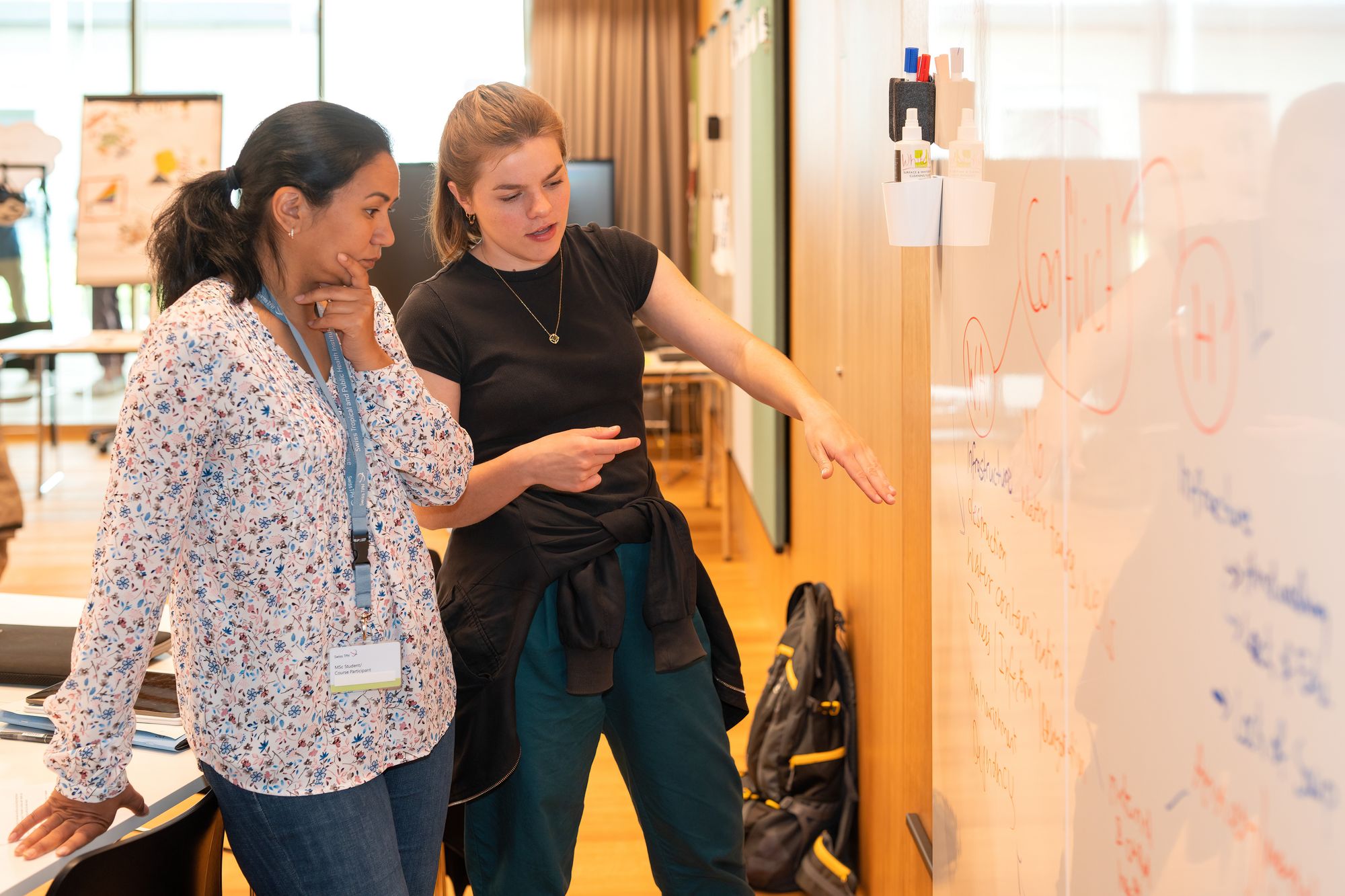
HEI actors have been integrating sustainability in their core functions: research, teaching, operations/services (e.g. green campuses, campus footprint) and outreach/local impact. A few HEIs have gone as far as adapting their missions and organizational structures around strengthening engagement with society and addressing societal challenges. They have done so by establishing dedicated institutes, centres or networks for inter- and transdisciplinary research and by developing standard practices and policies for such projects (e.g. transdisciplinary professorships and PhD programmes). Yet by nature, research institutions that specialize in transdisciplinary research and related approaches, often have a competitive disadvantage vis-à-vis traditional research institutions when it comes to research funding. Among the reasons are that funding agencies still often support work within rather than across disciplines and that the perceived publishing impact of transdisciplinary research is often less compared with mono-disciplinary science. Moreover, integrating a wide range of cultures, disciplines and sectors may increase transaction costs. Finally, the high demands on transdisciplinary researchers does not seem to be currently counter-balanced by strong career prospects, at least not in high-income countries.
From innovation to implementation
Against this backdrop, Swiss TPH, in collaboration with the Swiss Commission for Research Partnerships with Developing Countries (KFPE) and the Swiss Agency for Development and Cooperation (SDC), is currently finalizing a series of three small research projects. The studies are describing academic and research organizations that take the aspects of “services” and “impact” to the extreme by having a dedicated mandate for development assistance services besides their research and academic duties. Anchored in academia and research, those institutions are also part of the development assistance industry.
Swiss TPH is an example of such a “research-implementation” institution. There are not many institutions in Switzerland that have such a strong mandate for development assistance type services and can act as principal investigator.
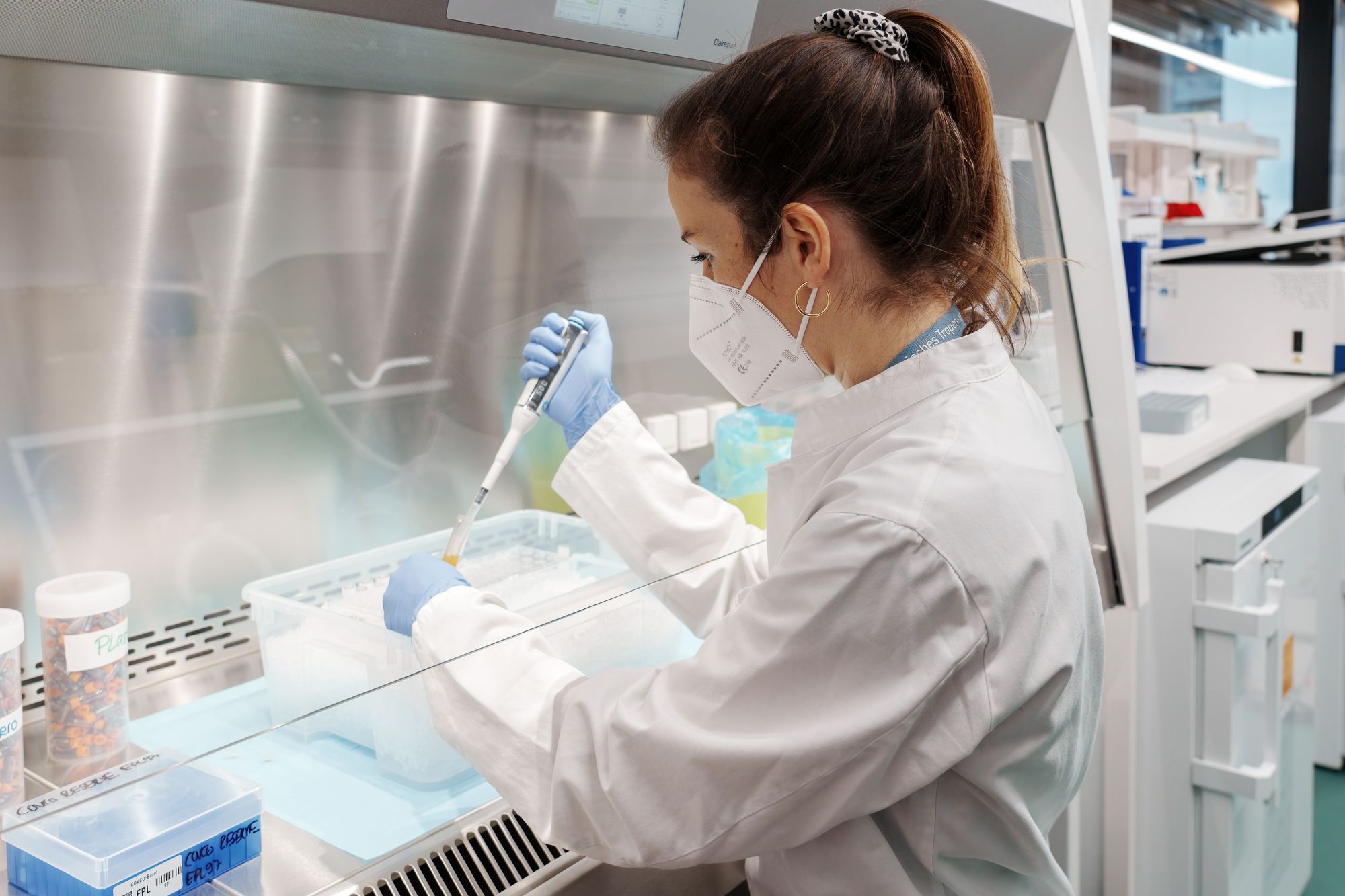
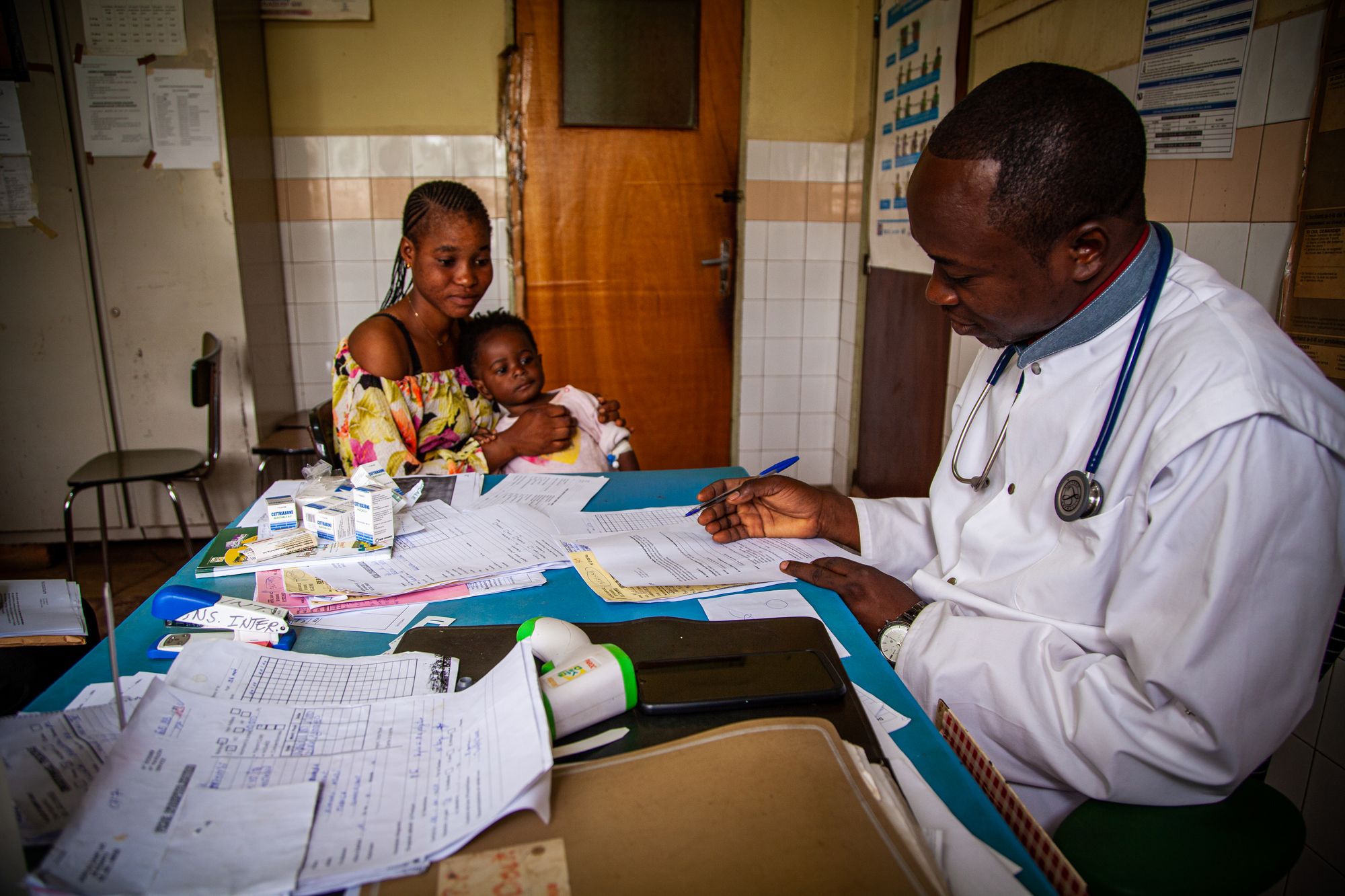
The study series involves a mapping and assessment of Swiss institutions that was conducted in 2020 [6], a similar study on African institutions in 13 different countries concluded in 2021 [7] and an ongoing assessment of the funder’s perspective (to be concluded in 2022).
The overall aim of the work is to identify such research-implementation institutions and describe their structure, the benefits they can bring to sustainable development by closing the research-practice gap and their challenges, and to propose a clear definition of research-implementation institutions at the end of the assessment. This will result in a condensed policy document that should offer a common baseline for discussion between research-implementation institutions and funders.
Benefits and challenges of research-implementation institutions
First results of the African and Swiss institution’s assessments have shown that having such double-competency in one institution was perceived beneficial to the quality of implementation and the uptake of evidence into policy and practice. On the downside, the research-implementation institutional model was described as resource-intense and difficult to manage, while ensuring high quality standard in both activity areas – research and implementation. This challenge was mostly reported by the representatives of the African institutions. On the other hand, a high job-satisfaction was reported from the representatives at both African and Swiss institutions when combining research with implementation activities, albeit in Switzerland a scarcity of positions and career opportunities was lamented. Institutions from both settings, perceived the misalignment of research and implementation funding burdensome but named a selection of funders and funding instruments that would accommodate a full innovation-to-implementation cycle.
The third and last part of the study series is currently being finalized aiming to add the perspective of those funders regarding the positioning of research-implementation institutions in the sustainable development arena, their internal strategies and considerations around those institutions. Preliminary outcomes will be discussed at the Science Summit @UNGA77 online session on the 23 September at 14:00-16:00 CET open to anyone that would like to participate in the discussion and shape the final conclusions.
